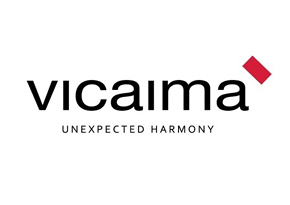Treated timber
In This Series

Timber won't rot if it's kept dry to a moisture content below 20%. When it's used outside, this may not be possible.
There are two solutions to this problem, either you can use a naturally durable timber - such as oak or western red cedar - or you can use a non-durable softwood that's been treated with a suitable preservative.
This Choose and Use sheet details some of the key considerations to be made when deciding between specifying naturally durable or treated timber.
It also contains guides on which components treated timber can be used for, a summary the four different use classes and the different preservative treatments on offer.
Contents:
- Natural durability and treatment considerations
- Where can treated timber be used?
- Use Classes and desired service life
- Treatment processes and preservative chemicals
- Machine treated timber
- Where to go for further help and advice
Suggested Reading
Timber for garden projects
Wood is a natural product that can be used in a huge variety of ways to immediately enhance any garden. It is important to choose the right timber for the job so that it will last longer. Timber garden products can last for years, but that little extra care will...
01/01/2012 | Choose and Use
Durability trial of British softwoods attracts industry backing
In August 2014, the Wood Protection Association (WPA) commissioned Britain's largest ever durability trial of home-grown timber. WPA Director Steve Young explains the importance of this project to the UK timber industry and why those with an interest in growing the use of British softwoods are backing the project.
01/01/2015
| Magazine Article
Achieving long-lasting timber fencing through specification
Ben Sharples looks at the considerations for durable timber fencing.
Article from the TRADA Timber Industry Yearbook 2015
01/01/2015 | Magazine Article

















